


Singapore’s shipping company, the Pacific International Lines (PIL) announced on Feb. 14 of the company’s decision to withdraw from the Transpacific market, leaving the trade lanes up for more competition.
For years, PIL has been one of the main economy ocean carriers to service China to the United States trade lanes, and its withdrawal plan will affect the commercial trade arrangements with its partners, especially those that serve the China-U.S. trade.
PIL’s last Transpacific sailing will take place in March of this year, after which the company plans on focusing its efforts on “further strengthening its position in the North-South Trade,” a region that covers Africa, the Middle East / Red Sea, India Sub-Continent, Latin America, and Oceania.
The company is among the world’s top 10 containership operators and is the largest shipowner in Southeast Asia. The company has served more than 500 locations in over 90 countries worldwide.

Do you really need multiple customs brokers? Find out how a single freight forwarding and customs brokerage provider saves you time and money.

The Trump administration re-issued reciprocal tariffs to global trading partners August 1st, transpacific rates nearing 2024 lows, carriers at or approaching the lowest rates we're likely to see for the forseeable future & more.

Last week's transpacific GRI slowly comes down as carriers test market resilience ahead of Golden Week.
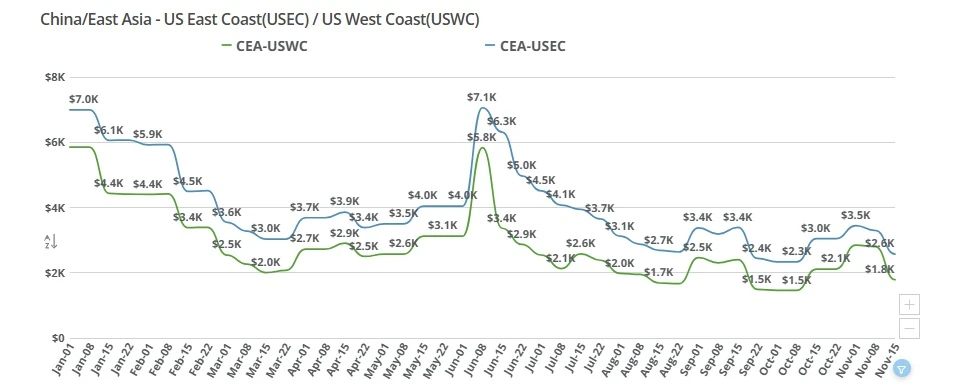
China-US ocean freight rates continue to decline, with the East Coast premium narrowing as carriers compete for limited volume. Get the key market drivers and outlook in this week’s update.
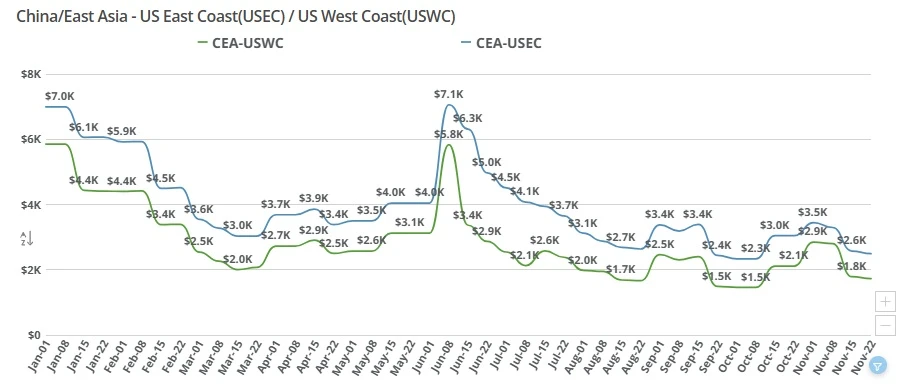
Transpacific ocean freight rates dropped sharply this week as weak import demand and the Thanksgiving holiday slowdown pushed China–US West and East Coast spot prices to new lows. Get the latest market drivers and outlook.

This article will explain what international air freight charges are and how to calculate the chargeable weight when shipping goods overseas.
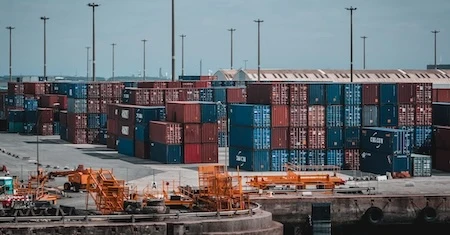
Rising COVID cases partially closes down one of the world's busiest ports, what does that mean for freight?
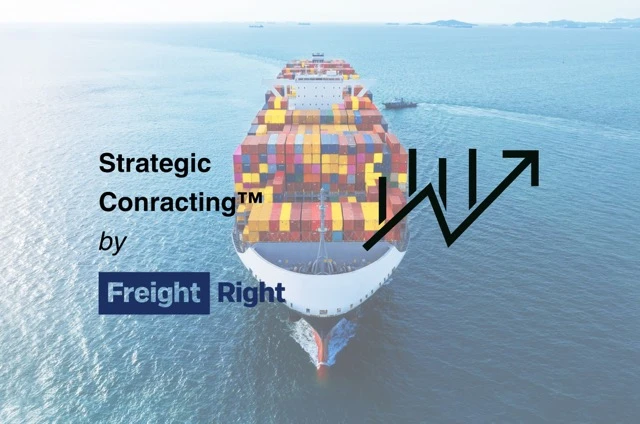
A look into the volatile freight contract season, exploring broken promises, rate surges, and solutions for sustainable agreements through strategic contracting and innovative market practices.
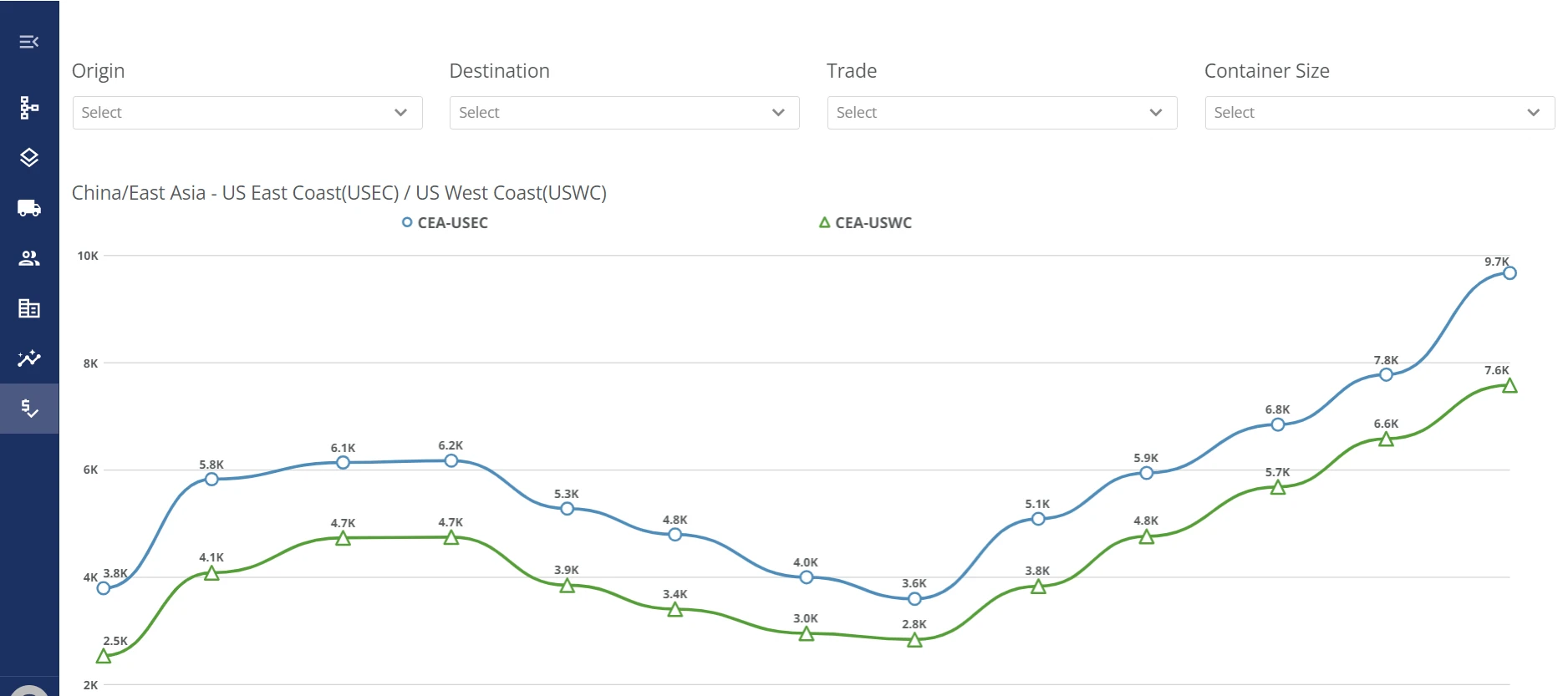
Today, we're proud to announce Freight Right's proprietary freight rate index, the TrueFreight Index (TFCX). Learn how we built the index. Subscribe to get weekly rate and market updates.

Transpacific ocean and air rates jump as carriers pull capacity, Apple charters tighten space, and shippers rush to beat U.S. tariff deadlines